Description
Combat Colours no 6 de Havilland Mosquito Day and Night Fighters
£15.00
de Havilland Mosquito Day and Night Fighters in RAF service 1951 – 1945
By Paul Lucas and series Editor Neil Robinson
The de Havilland Mosquito was one of the world’s first true multi- role combat aircraft which could undertake a number of different roles with a high degree of success. During the Second World War it was used by the RAF as a Photographic Reconnaissance aircraft, Bomber, High Altitude Fighter, Night Fighter, Interdictor, Fighter Bomber and Anti Shipping Strike aircraft – and this only covers the broad role classifications, let alone the more specialised sub divisions of these roles. This particular volume, Part Two of a two-part series, examines the camouflage and to a lesser degree the markings of Mosquitoes operating in the Fighter, Fighter Bomber and Maritime Strike roles. Mosquitoes operating in the Photographic Reconnaissance and Bomber roles were previously covered in Part One, Combat Colours No 5 ‘The de Havilland Mosquito in RAF Photographic Reconnaissance and Bomber service
1941 to 1945’. Like the previous Mosquito volume, this volume draws on primary sources held by such institutions as the as the Public Record Office and RAF Museum amongst others, as well as a number of private individuals. These take the form of Air Publications, Air Diagrams, Air Ministry Orders; DTD Specifications; files once held by the Air Ministry, Ministry of Aircraft Production, Ministry of Supply, Royal Aircraft Establishment, Operational RAF Commands and Works Drawings. The result is not intended to be the final word on the subject, but aims instead to provide the aircraft enthusiast and modeller with a basic guide to what camouflage schemes and markings were carried by the Mosquito and why; and to provide a basis from which further research can be carried out. The nomenclature used in this book is that of the documents consulted. Thus types of roundel are referred to by the correct terms used in Air Publication 2656A and other documents, not the Bruce Robertson notation familiar to
most modellers. Proper colour names as given in various documents are begun with capital letters eg ‘Ocean
Grey’, whilst colloquial names and references to a non specific colour, eg ‘orange’, are in small type throughout.
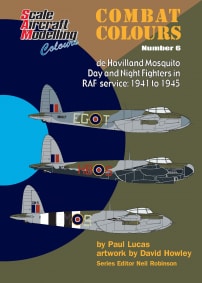
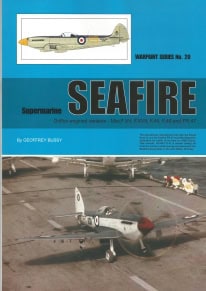
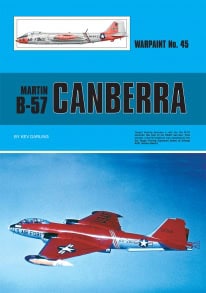


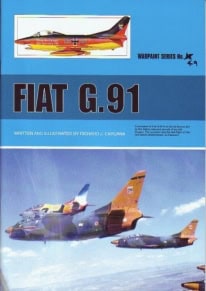
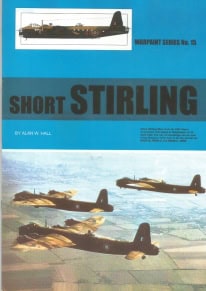

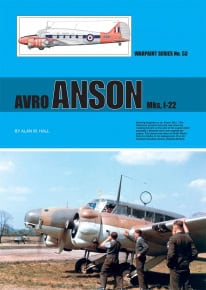
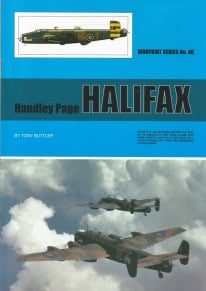
Reviews
There are no reviews yet.